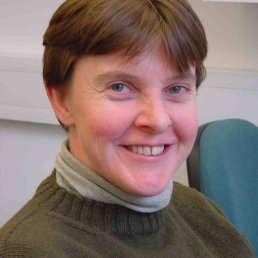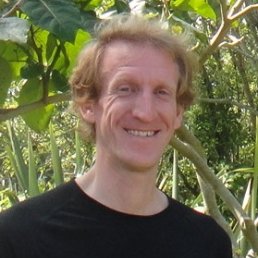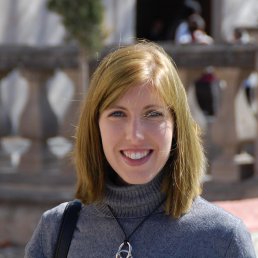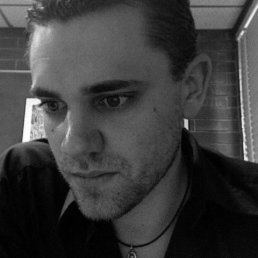14:15
Wetropolis flood demonstrator
Abstract
The mathematical design of the table flood demonstrator Wetropolis will be presented. Wetropolis illustrates the concepts of extreme rainfall and flooding.
It shows how extreme rainfall events can cause flooding of a city due to groundwater and river flood peaks. Rainfall is supplied randomly in space using four outcomes (in a reservoir, on a moor, at both places or nowhere) and randomly in time using four rainfall intensities (1s, 2s, 4s, or 9s during a 10s Wetropolis day), including one extreme event, via two skew-symmetric discrete probability distributions visualised by two Galton boards. Wetropolis can be used for both public outreach and as scientific testing environment for flood mitigation and data assimilation.
More information: https://www.facebook.com/resurging.flows





